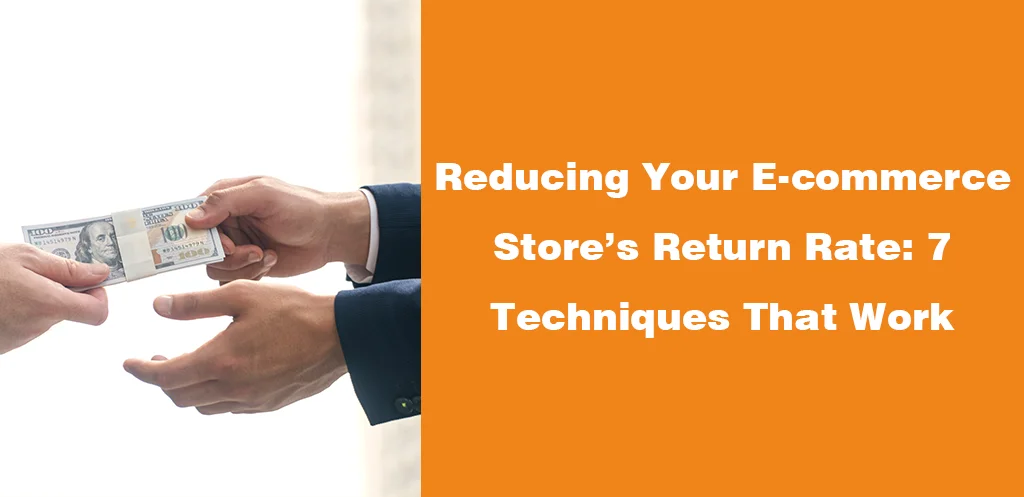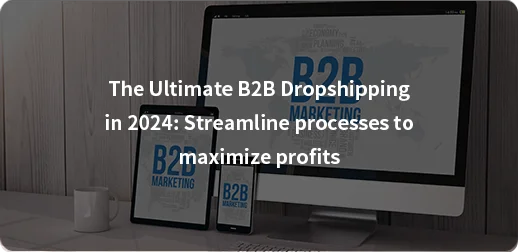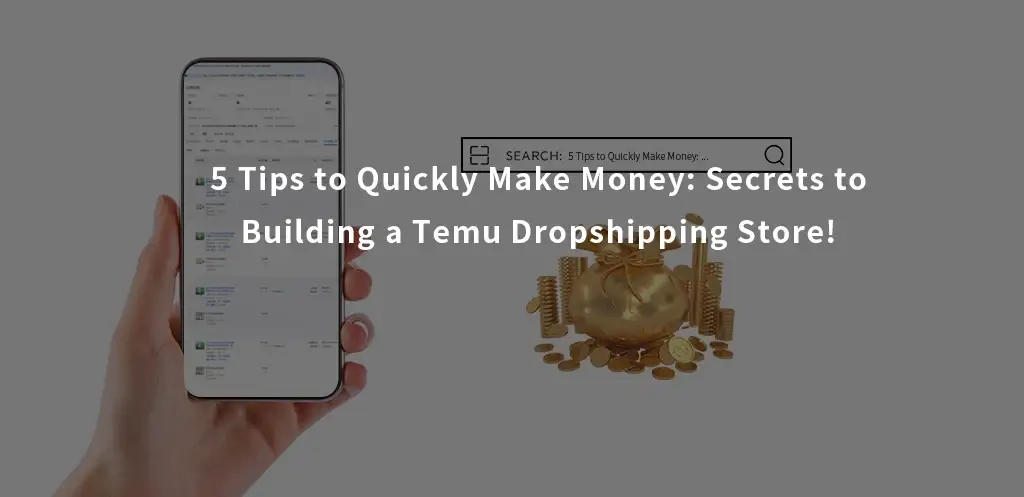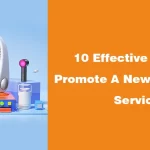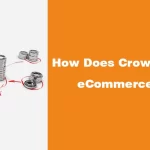While there’s an abundance of resources that explain how dropshipping works and how to choose the right products, 90% of all dropshipping startups fail in their first 90 days.
Why is this?
As you will find out today, there are seven major reasons why thousands of dropshipping companies never reach the heights they aim for, but all hope is not lost as, equally, there are a handful of remedies for these issues.
So if you want to learn what to do and what not to do as a beginner to dropshipping, find yourself a comfortable seat and continue reading to enjoy the tons of practical insights I share below.
7 Common Reasons Why Dropshipping Stores Fail
1. Unrealistic expectations

Many people hear about the low upfront costs associated with dropshipping and think to themselves, oh well I can invest some money and get immediate success.
Other times, they come across a so-called guru on social media promising that anyone can build a dropshipping business overnight and make millions of dollars every month.
Newsflash – these gurus actually make their money selling courses.
Just to be clear, making hundreds of thousands and even millions of dollars from dropshipping is achievable. However, it isn’t easy. To make such figures (and on a consistent basis), you need good planning, business strategy and a lot of consistency.
Without these foundational elements and realistic expectations from the get-go, it’s easy to give up when you encounter setbacks which are a natural part of every business endeavor. And I’m guessing you’d hate to be the kind of entrepreneur that abandons ships when the going gets tough and blames the dropshipping business model, telling yourself the market is too saturated anyway.
It’s great that you’re curious enough to ask why dropshipping stores fail, so one of the first lessons you can learn is that no successful business is ever built overnight. Whether it’s dropshipping, digital marketing, or any other business model, forming the right mentality and expectations are a crucial first step.
2. A lack of persistence
Forming the right expectations is only one half of this puzzle.
You also need to be patient and persistent because as a startup founder, you’re taking charge of your losing or winning. Hence, to be successful, you need to work on your business every day, analyze, test, and learn from setbacks and seek knowledge from people and sources credible enough to advise you on what you’re trying to do.
On this last note, beware of mentors and gurus who sell and market a lifestyle such as overnight money, flashy cars, and expensive lifestyles instead of the actual work that goes into building that business.
To further help, here are two posts (1, 2) that mention red flags you can use to identify dropshipping scammers who actually make money from courses and consultations and not the business model they teach itself.
3. Targeting the wrong products

Another reason thousands of dropshipping stores fail is because they choose to sell the wrong products.
Because the topic of picking dropshipping niches has a lot to unpack, let’s briefly talk about three niches or types of products you must avoid as a dropshipping starter.
Copyright products:
Copyright or trademarked products refer to products that contain elements of someone else’s businesses, for example, a hip hop band, a popular TV show, or a sports star’s brand.
Steer clear of these products because you aren’t allowed to sell them unless you’ve been explicitly authorized to.
Restricted products:
When I say restricted products, I’m referring to products that, while not banned, have strict rules on selling them. For example, alcohol or marijuana.
Even though you may find good profit margins at the beginning because fewer people are selling them, the strict advertising controls limit your chances of success, especially as advertising and marketing are top priorities with the business model of dropshipping.
Low-profit-margin products:
Low profit margin products are products that are inexpensive (think $5, $10) and sold by everyone. Many dropshipping starters go after these items because seemingly everyone knows about them and because they have a large market share.
However, they aren’t the best idea due to fierce competition and because when you factor in typical dropshipping costs such as packing and shipping fees, marketing and advertising expenses, payment processing fees, taxes, potential refunds and more, your bottom line will most likely end up in the negative.
In addition, it’s crucial that you have an interest in any niche you choose, be it fitness, beauty, pet supplies, baby care products, fashion or anything else.
This is because the level of knowledge and passion you have for a particular niche will significantly affect how deeply you can connect with your target audience through your marketing, especially if you have to create ads and social media campaigns yourself as the solo founder.
So you may want to avoid a niche that you have little to no knowledge or experience with, unless you have enough capital to hire expert marketers in that niche.
To put this into perspective, let me use myself as an example. As a copywriter, I also create ads and emails for stretching coaches. Choosing this path in my business career was a no-brainer given my avid background and interest in yoga and stretching.
And, as a result of my enthusiasm for stretching, I understand the struggles and motivations of people like me so creating ads for the audiences of these companies always comes naturally to me.
4. Poor conversion rates
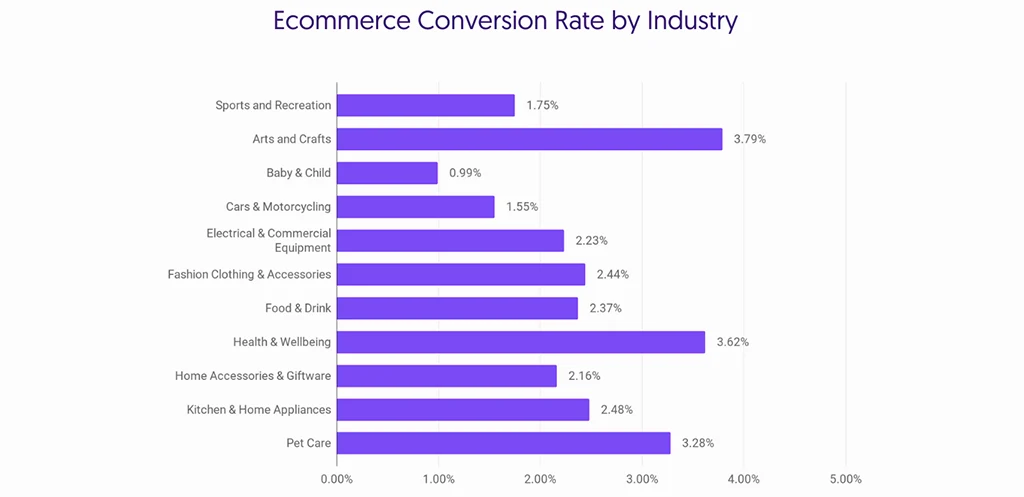
When you sell products online, the amount of traffic you receive doesn’t matter if those visitors don’t convert or if they visit your site and browse products but don’t make purchases. If this is your case, your store is said to have a low conversion rate.
From my experience, there are three reliable and no-BS ways to increase your conversion rate, and they all involve optimizing crucial aspects of your website:
UX or User Experience:
Many elements of a poor user experience can negatively affect your sales.
For instance, If your website has broken navigation, broken links, a strenuous add-to-cart process, mismatching fonts and buttons, and if it accepts very few payment methods, it is going to be very difficult to leave a good impression on first-time visitors and thus to convert sales.
As a remedy, put yourself in the customer’s shoes for a moment and go through the ENTIRE purchasing process for your store in search for problems or inconveniences in your system.
Once you find a problem such as links leading to error pages, broken scrolling, or text that appears in different fonts, get a UX specialist to fix it right away.
On top of this, you might want to replicate the same process for your top five competitors’ sites to rank them by user-friendliness and ease of navigation. You can then analyze and compare their websites against yours site to get ideas of which changes to implement.
Product Descriptions:
For product descriptions, start with the basics such as eliminating grammar errors and shortening/breaking up walls of text that turn readers off.
From there, focus on more advanced techniques such as showing customers the benefits of your product and how it will better their lives instead of just listing features and technical specifications.
This could be anything from careful construction to natural fabrics, ethical manufacturing, and more. All you have to do is take those features, consider why they should matter to your ideal customer, and communicate through your product description.
For instance, you can say your carefully constructed action figures are safe for babies and kids, or that your all-natural fabrics allow them to look good without hurting the earth, or that your ethically manufactured/fair labor products ensure workers in manufacturing countries are fully compensated.
Product Images:
Lastly, instead of downloading random and generic pictures off ecommerce platforms like AliExpress or your supplier’s website, invest in a top-notch ecommerce photography service.
Basically, what you want them to do is capture your offerings in everyday life or their intended use settings, display the products multiple angles and ensure they are crisp and clear in order to subtly communicate to customers that your business is professional enough to invest in making your products visually stand out.
5. Working with the wrong suppliers

As a dropshipper, you can do everything right but fail because you’re working with an unprofessional supplier.
This can be the case when your supplier takes too long to process and ship orders, when they do not offer updates on customer orders, and when contacting them for assistance proves to be a hassle.
Over time, these kinds of underperformances will result in low customer satisfaction and erode customers’ trust in your store, making it harder to retain and acquire new shoppers.
In response, when you search for and evaluate potential suppliers, keep your eye out for the ones with positive reviews, multiple local warehouse locations, a fair and flexible return policy, and those willing to provide a tracking number with which you and your customers can track items in transit.
A good way to test suppliers beforehand and without getting biased results is to anonymously place 3 – 5 orders of the item you want to dropship, with each order having a different quantity. By doing so, you can evaluate their performance in terms of responsiveness, shipping speed, shipping transparency, and customer service.
Moreover, you can work with a vetted sourcing agency to evaluate potential suppliers and find the right fit for your business.
6. Lacking customer service

Customer service is a crucial factor you mustn’t overlook.
After all, if all you’re doing is accepting orders from customers then forwarding the order onto a supplier for them to fulfill, you’re not going to create any sort of loyalty with the customer.
Moreover, even if you find yourself a profitable niche, a reliable supplier, and a user-friendly site, failing to give customers a positive experience each and every time they interact with your brand will hamper your retention capacity and ability to build customer loyalty.
Providing a positive customer experience with awesome customer service is actually simple. Email people quickly when they reach out, respond to live chats immediately, and be open to getting on phone calls when customers request.
Now I know what might be going through your head: how in the world will you make the time to respond to customer queries and tickets when you’re supposed to be building and promoting your store?
Well, this is where a dedicated customer service department comes in. Since you can’t do all this alone, especially when you’re scaling operations, don’t hesitate to find and hire staff with customer service skills to attend to customers and site visitors.
7. A lack of resources and investment
It’s often said that you can start a dropshipping business with as little as $100. But, while that may be true for starting the business, the money you need to cover operating costs will be higher than that.
From a realistic standpoint, when you factor in domain, ecommerce platform, marketing, business incorporation, sourcing and product sampling costs, you would need at least $1000 and up to $2500.
That said, you may need higher or lower on that scale depending on many factors, including your niche, products, advertising platforms and competitors, among others.
Final Thoughts
Now that you’ve read all this, I hope I’ve helped you better understand why so many people fail at dropshipping.
While it can be disheartening to read about failures in the path you want to take, understand that even though a big percentage of dropshipping businesses fail, it doesn’t mean yours is guaranteed to fail.
It just means that starting a dropshipping business is not as easy as many portray it to be, and that you should not rush into the business model without doing your research and understanding how it works.
I guarantee you, as long as you research how the dropshipping model really works, work on your business every day, study setbacks and your mistakes, and most importantly, don’t give up easily, then dropshipping will be worth it for you.

